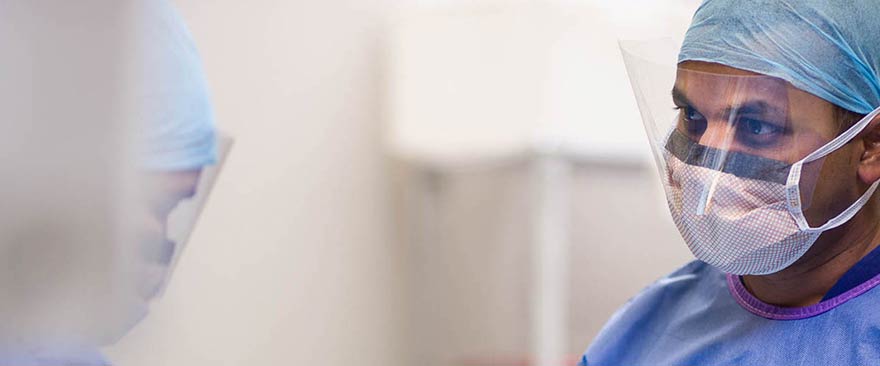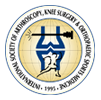Arthroscopy (the prefix 'arthro' refers to the joints) or arthroscopic surgery describes minimally invasive surgery, often referred to as keyhole surgery.
Wrist arthroscopy normally involves the insertion of a small camera through one or more small incisions (referred to as 'portals') in the skin in the back of the wrist. The positioning of these portals depends on the condition being treated. The images from this camera are then shown on a monitor and other arthroscopic instruments can be used to perform debridement or reconstructive procedures required.
Arthroscopic surgical techniques generally allow for more rapid recovery after surgery than is possible after conventional open surgery. They allow for superior visualisation of the whole joint and provide access to the same compared to open procedures.
Wrist arthroscopy is used to evaluate and treat a range of conditions that affect the forearm, wrist and hand, including:
- Scapholunate ligament damage.
- Lunotriquetral ligament damage.
- TFCC problems.
- Synovitis (inflammation of the synovial membrane around the wrist joint).
- Cartilage problems (i.e. where cartilage has worn away or been damaged).
- Distal radius fracture (a fracture to the radius bone in the forearm).


Arthroscopic view of wrist joint. TFCC tear before and after debridement.







